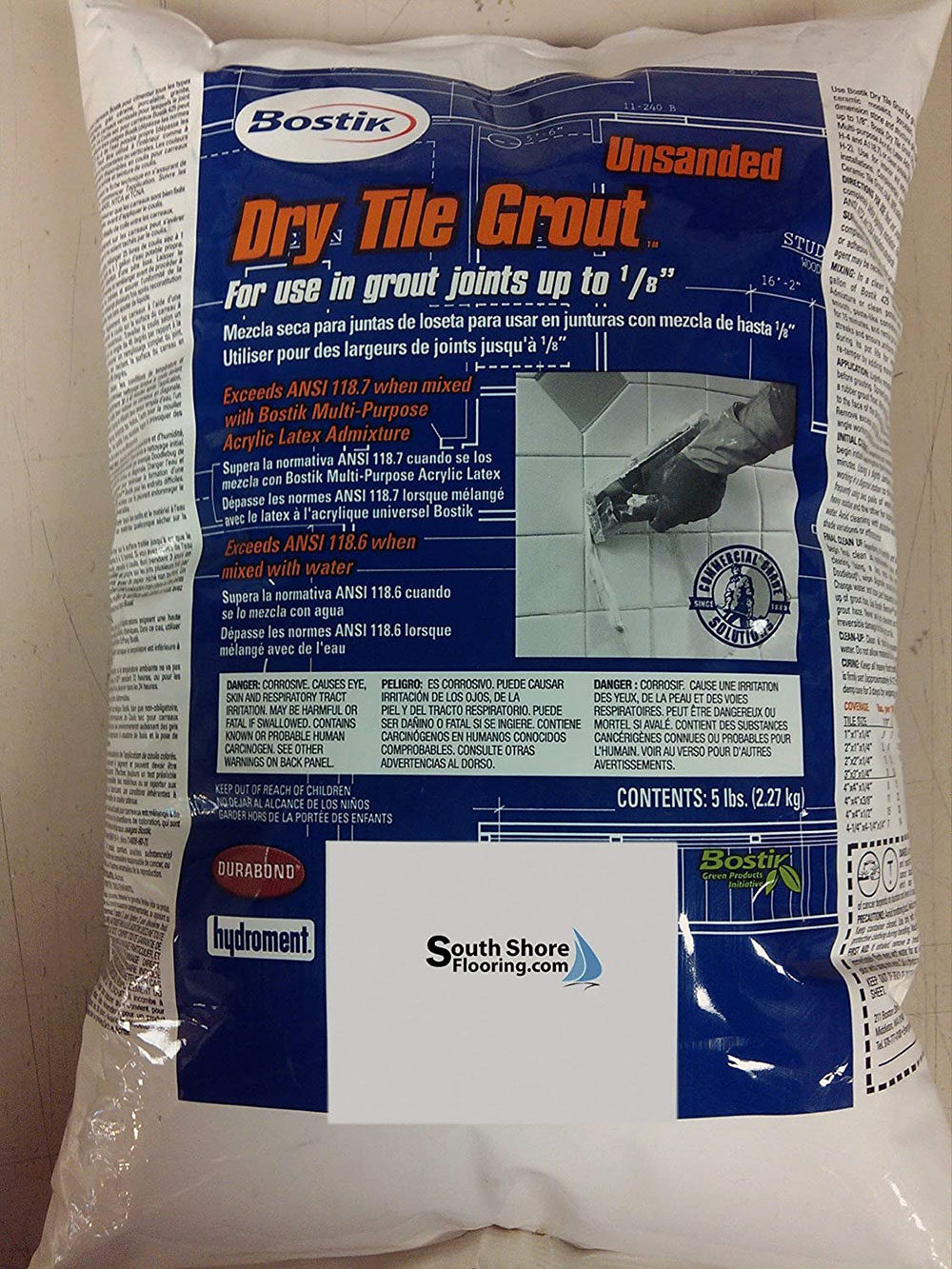Advertisement
People who want to renovate or build a space have to buy various products that the work requires, and they vary in purpose and quality. The first thing you should consider is the functionality of standard materials as well as including grout. Every homeowner that accepts a challenge tiling project will need grout to work. Grout is a cement filler mixture whose role is to fill the space between tiles.
There are two types of grout: sanded and unsanded. When buying grout, you can choose between these two types. Both grout types have similar uses.
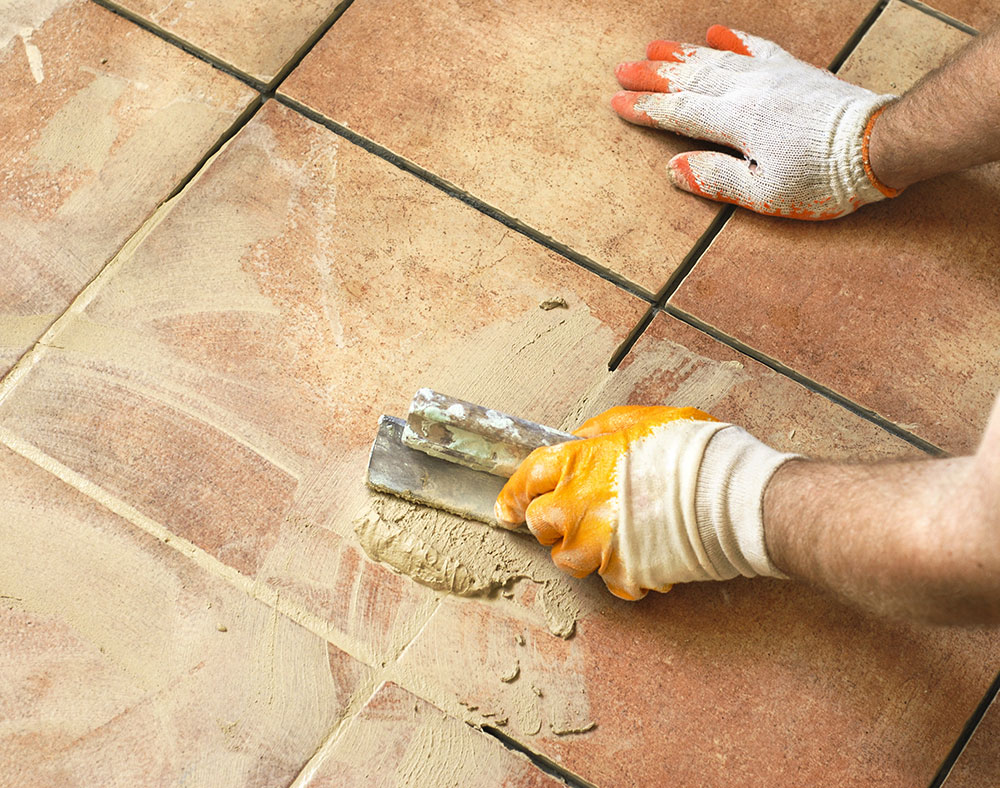
Many flooring professionals have crucial skills about the variations between sanded vs unsanded grout. Yet, many professionals still doubt the differences between these two most used grouting materials.
The tile installation is part of many home renovation projects. When deciding which one you need, sanded vs unsanded grout can be a challenging process. However, we provide you with the following difference between unsanded and sanded grout that will improve your tile work.
Difference Between sanded and unsanded grout
Strength and resistance
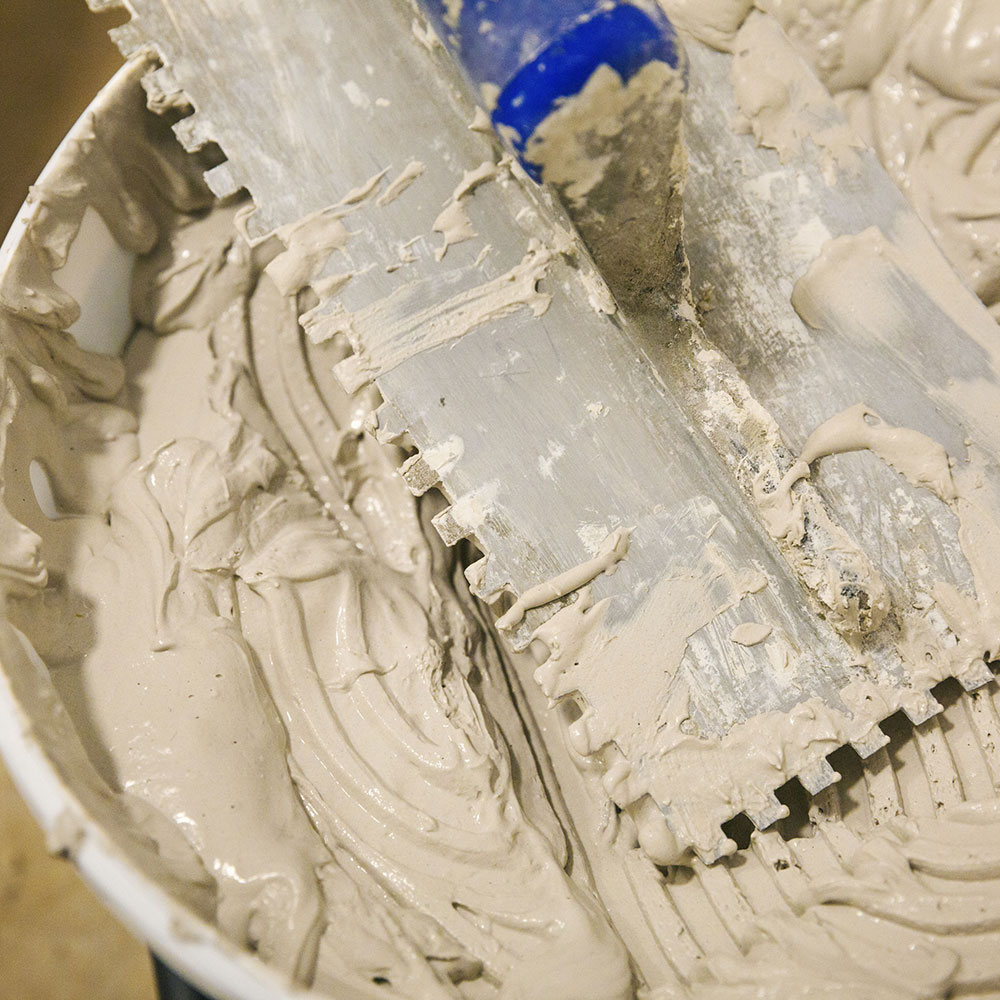
The main difference amongst sanded vs unsanded grout is that the first one has sand in, while the second is non sanded grout. The sanded grout is attached together with first-class sand. After the grout cures, the sand is removed to crack resistance, increase stability, and less shrinkage of gout. Sanded grout includes good quality sand, and it should be an option because it is inexpensive and offers a tight lock.
However, the unsanded grout is without sand. When a grout makes contact with cement, it shrinks, dries, and pulls away from tiles. It is more expansive from sanded grout, and its use is for thin grout lines in sensitive places. Unsanded grout has a smooth finish, while sanded grout is more grainy and rough.
Thickness
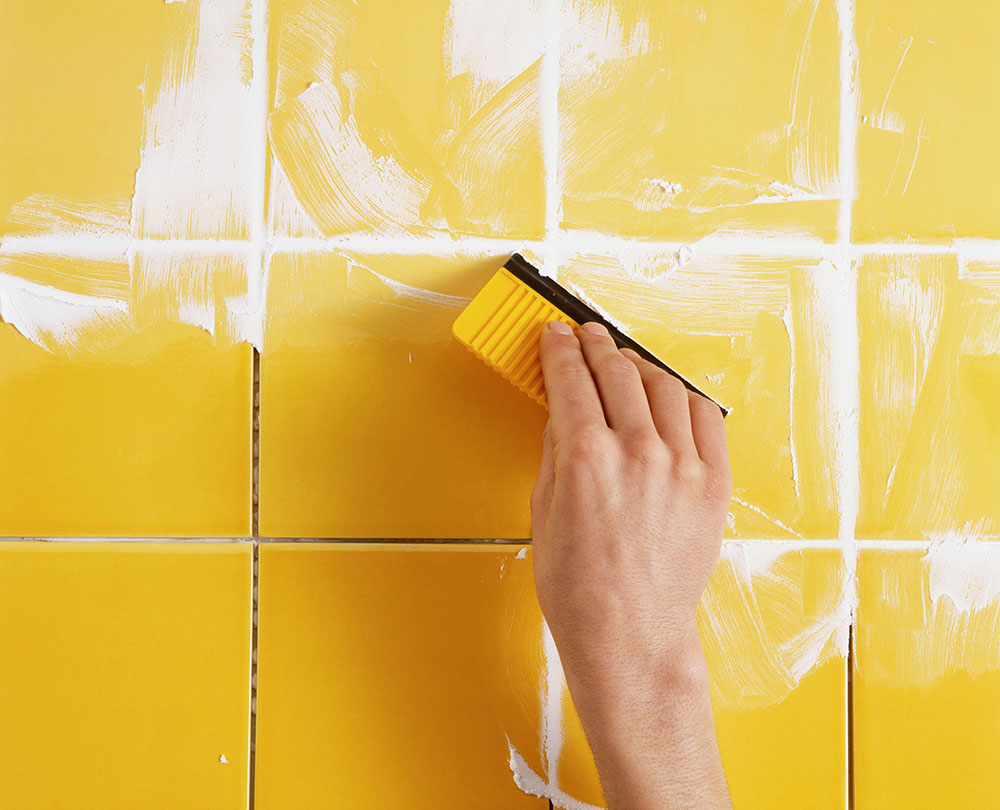
Sanded grout is coarse and thicker because it includes complete sand material. Accordingly, sanded grout is tough for filling small spaces. So, it is best used for joints that are wider with about 1/8th inch wide. Unsanded grout is relatively thin, so it is easier to work with small joints.
These small joints are usually found in kitchen and bathroom facilities, exactly in countertops and tiled showers, or in combination with natural stone. Therefore, a non sanded grout is the best option for thin grout lines, less than 1/8 inch.
Utilization
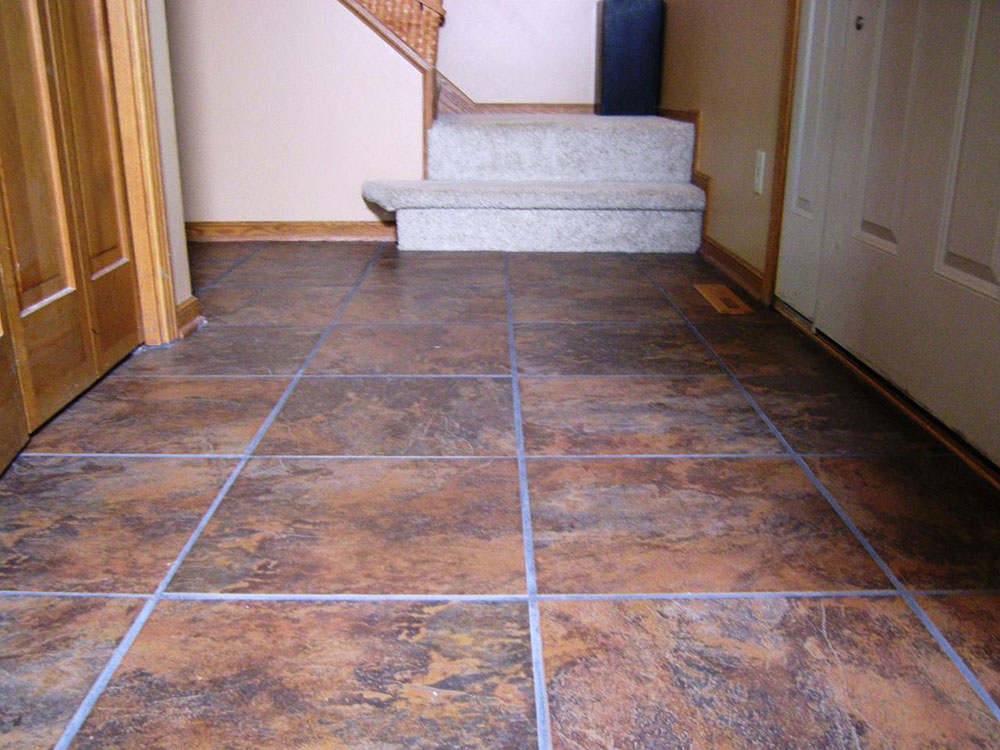
For interior flooring, sanded grout is the most used option since it is pretty durable and can manage foot traffic. It should be your primary option for general use tilings, such as for flooring and walls. Sanded grout is best for tiling surfaces where there is no possibility of sand content scratching. Furthermore, the unsanded grout is not quite good floor tiles alternative because it may break and cracks under flooring traffic high pressure.
Unsanded grout is pretty adhesive because of the sand’s absence to stay straight when tiling a backsplash, vertical surface, and shower wall. If you have tile made from ceramic, glass, or natural, it is pretty delicate, and unsanded grout is the best option. Sanded vs unsanded grout types are usually used in the bathroom, shower pan, and kitchen. Generally, a sanded grout goes with many tiling projects, yet an unsanded grout functions better in bathroom walls, honed and polished tiles, and shower walls.
Cost
As we already mentioned, sanded grout is cheaper than unsanded grout. Why? Because sand is more affordable than cement. Sanded grout is inexpensive because sand is low-cost. If the grout is without sand, the content includes more expensive polymers so that the cost increases seriously. It is the reason why an unsanded grout much more costly when it is sanded grout.
Seal

The crucial benefit of using unsanded grout is that there is no need of sealing it later. It is barely porous because there is no sand. Hence, unsanded grout does not require an additional surface to secure it. Yet, if you put a sanded grout, it will demand a sealant layer to avoid cracking.
Sealing helps in maintaining the color of the grout. Plus, professionals recommend re-seal it two times a year. It seems like too much work, yet you will need just a brush and a sealant to finish pretty fast.
Simplicity
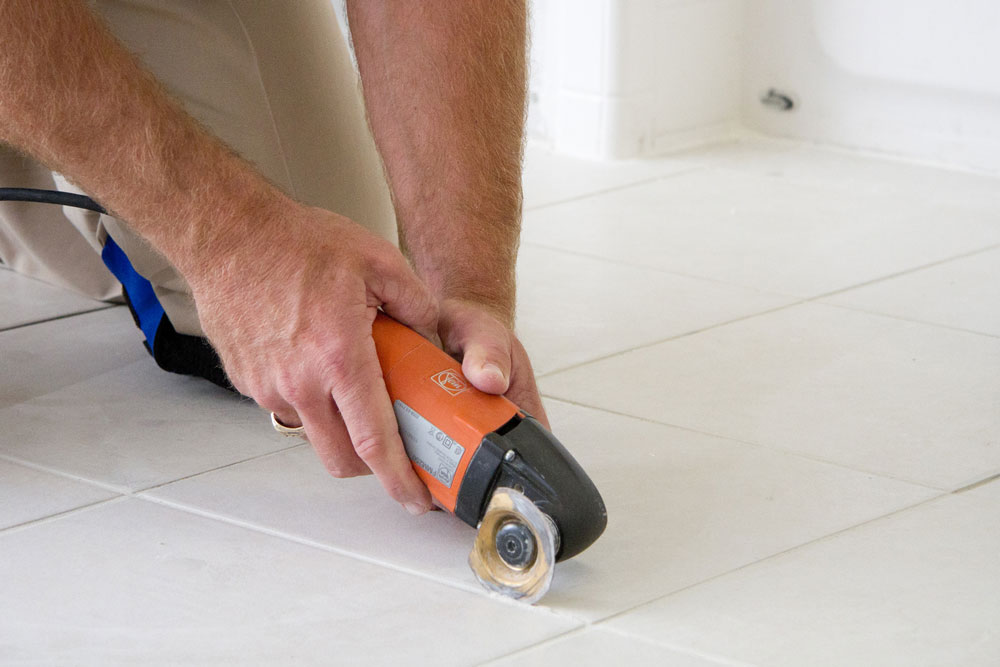
If you want to replace the grout from stone tiles without damaging the stone’s finish, unsanded grout is easier to eliminate. On the other hand, if you used a sanded grout, you would need a diamond wheel to polish the tiler and resurface them to remove any damage from the sanded grout.
When speaking of sanded grout, sand is removed from the grout and scratched from the stone tile surface throughout the refinishing and restoration process. It is impossible to complete any professional restoration process of stones if there is a sanded grout on stone tiles.
Colors
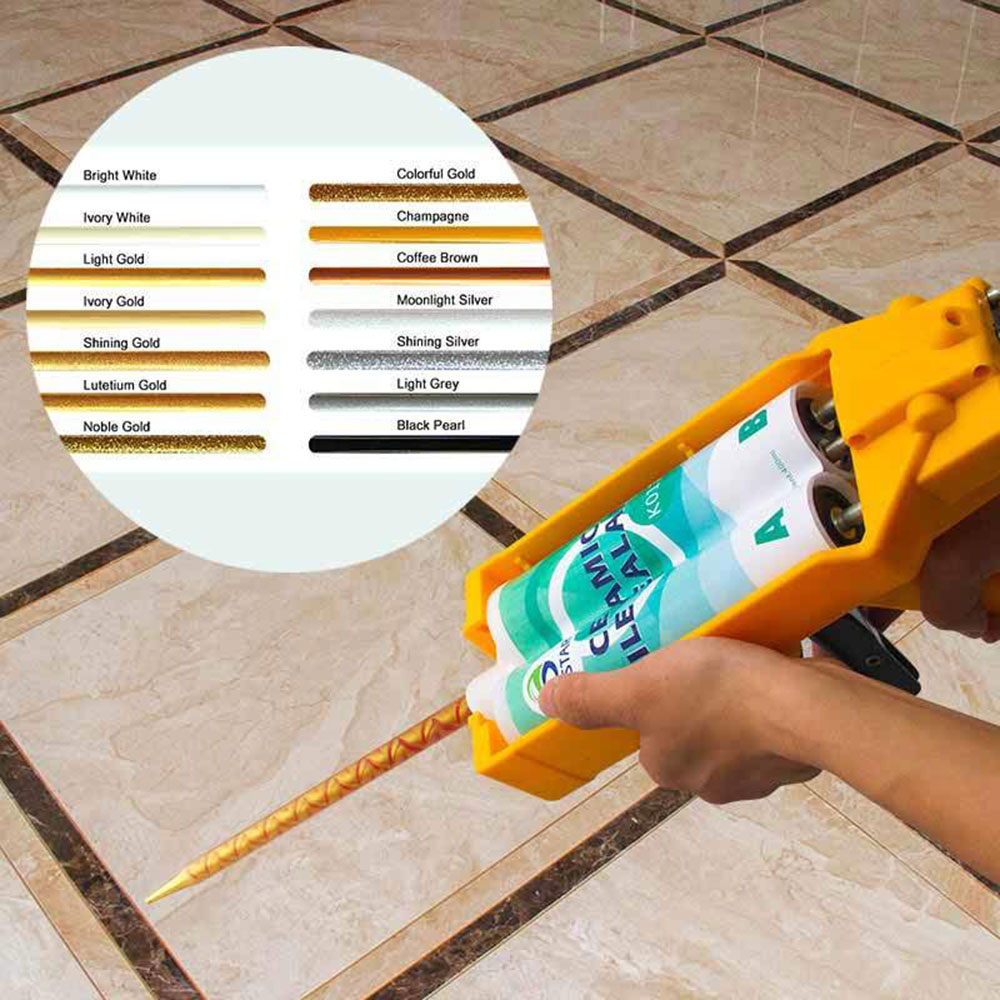
You will spend a lot of time when picking your tile. After that, you should think about your grout color. There are different types of colors in stock of sanded grout than unsanded grout. Why? The answer is simple. People buy this option more than the other. Sanded grout will provide richer and similar color to grout color charts.
Water that you can use for cleaning the grout can remove unsanded grout colored pigments. Many flooring professionals recommend choosing a slightly darker color on the color chart to get the color you desire while using unsanded grout.
Sanded vs unsanded grout Pros and Cons
Sanded grout:
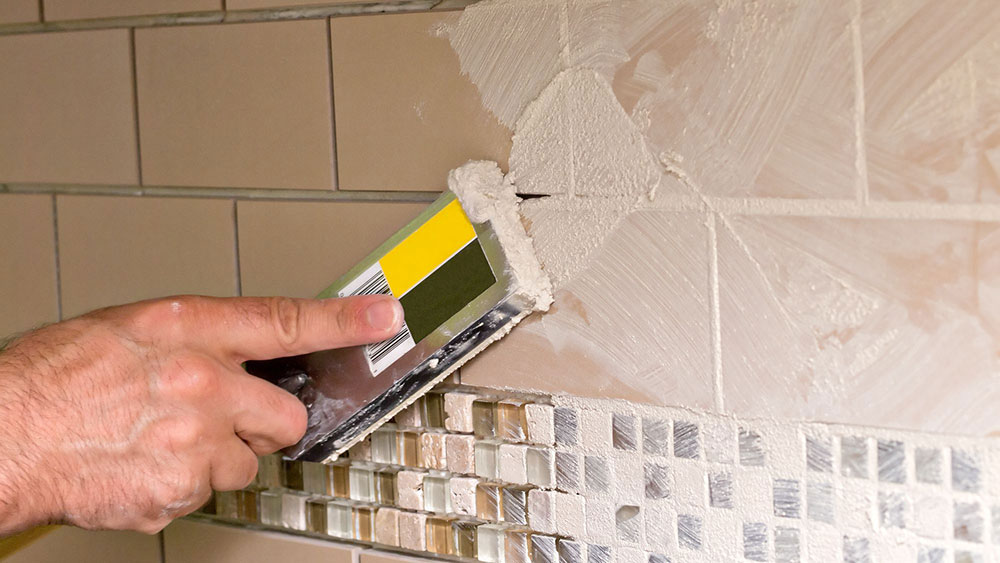
Pros
- Low-priced
- Able to be used
- Different types of color
- Thicker Joints
- Obstruct cracking and shrinkage
- Great for gaps larger than 1/8 inch.
Cons
- It can scratch sensitive surfaces
- Hard to work with small grout lines.
- Must be sealed with penetrating sealer, water-based, and pH-neutral,
- Minor sagging on vertical surfaces
Unsanded grout
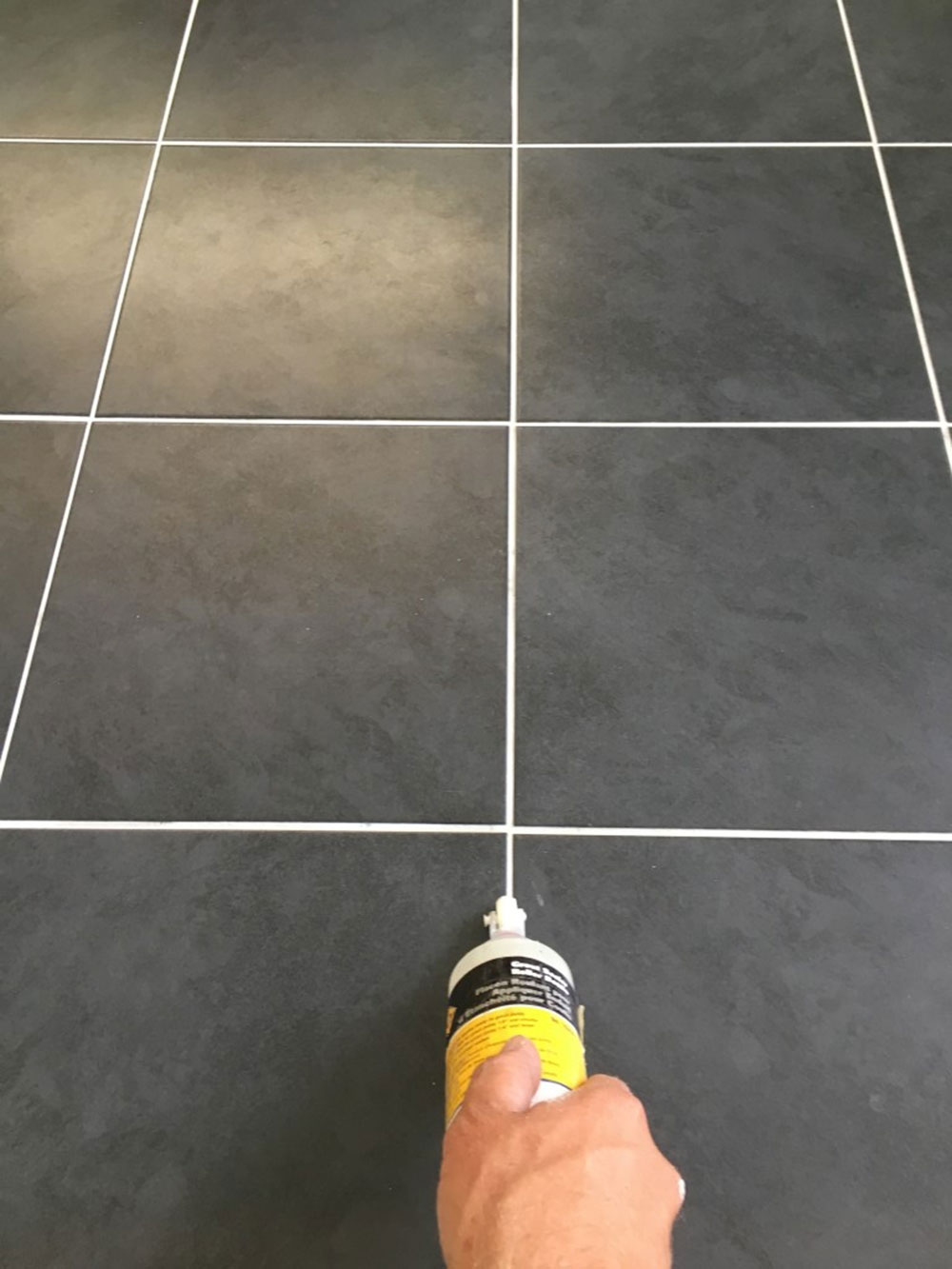
Pros
- It suits small spaces less than 1/8 inch
- Practical attachment to vertical tiles
- No Grout sealing requirements in few applications
- Works excellent in delicate tile and scratch-able surfaces
Cons
- It is quite expensive
- Few types of color choices
- It fails when applied to wide layers
Ending thoughts on the difference between sanded and unsanded grout
When you decide to renovate or rebuild while working with joints and tiles, grout is crucial. There are distinct types of grout. Thus, do not grab a grout you see first. Keep in mind the essential differences between sanded vs unsanded grout, and then make a decision. If you make the right choice when choosing a proper grout, there will be a customer full of satisfaction and a new backslash kitchen.
There will not be an unhappy customer that has a broken tile floor. A mixture of sanded grout and unsanded grout will make the work you done with effort more long-lasting. Because unsanded grout is relatively thin and shrinks after drying, it is vital to add a small amount of sand and make a mixture for better durability and strength.
If you enjoyed reading this article about the difference between sanded and unsanded grout, you should read these as well:

